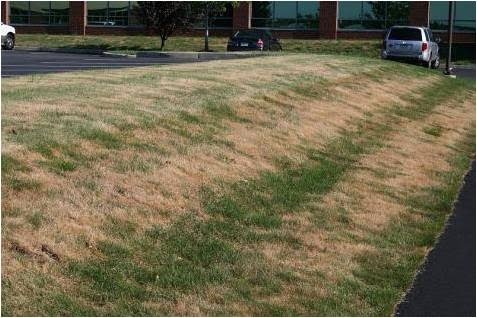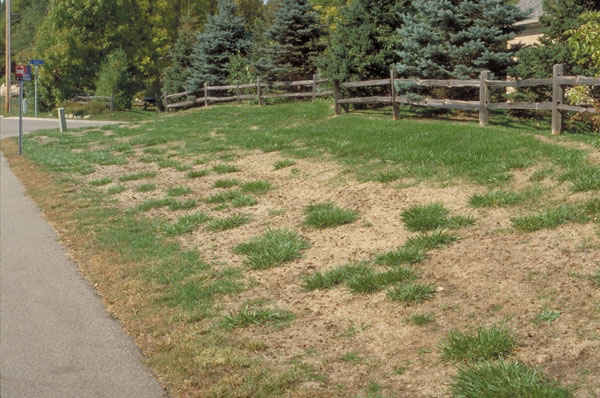The weather is scorching and rain is not falling in central Pennsylvania. With high temperatures and little water your lawn and garden is facing a really stressful situation. If you are not careful, it could end up dead.
The following tips will help you prepare your lawn for drought conditions
Watering your lawn
Wait for your lawn to turn a blueish-gray color before watering. Water deeply and infrequently instead of daily with a little bit of water. The intention for this is to build a strong deep root system. Try to water between 5:00 AM and 8:00 AM, try to pass up watering in windy conditions. You would like the water to soak in, not evaporate.
Mowing your lawn during a drought
Be cautious while mowing your lawn in harsh conditions. You should keep the mower deck 3″ and above all season long, but do not cut more than 1/3 of the grass during the dry period. Make sure your blades are sharp. Dull blades will only add to the strain level on your grass.
Fertilizing during a drought
Do not apply fertilizers through out a drought period. The salt in synthetic fertilizers will absorb what little moisture the grass and soil does have. Fertilizing during a drought will cause more stress then positive effects.
Compost during a drought
Apply a light layer of compost, not to much. Don’t smother your lawn. A rich compost will add minerals and nutrients, along with extra moisture for the soil and grasses.
Aerating and Dethatching during a drought
If your soil is compacted or you have a thatch build-up, aerating and dethatching will help build stronger root systems and allow more oxygen into your soil.
Watch where you step
You would be surprised how a much a little bit of foot traffic will stress out your lawn during a drought period.
Herbicides and Fungicides during a drought?
Do not apply either one of these products during a drought. They will cause way more harm then they will good.
Still having problems with your lawn this summer? Ask us a question at www.blaircountylawnservice.com/questions/




